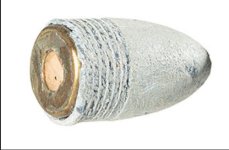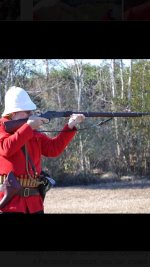I throughly enjoyed the thread on the Winchester Model 1873, and as I was researching on the Internet, I started looking at the Winchester Model 1860 and 1866 rifles too. Reading about their history and the place that Smith, Wesson, Winchester, and BT Henry all played in it was very interesting. Thinking about the damage a few people with 1860's could do against an enemy with muskets or cap and ball revolvers, is unreal. Custer felt it first hand. Also, while reading about the Winchester .44 Rimfire Cartridge, I came upon information on the "Rocket Ball" ammo and "Volcanic Repeating Arms Company" and thought it was fascinating. If you think buying vintage ammo is crazy, try buying one round of Winchester .44 Rimfire, or even worse, a "Rocket Ball" round. I, of course, had seen 1860's and 1866's in movies or on TV before, but have never seen one in person. I realize the original are astronomically priced.
It was cool to watch a ton of videos on the 2 models too. It looks like both Uberti and Henry do make them now. The US made Henry is beautiful, but really, really expensive. Thinking $1000 more than the Uberti.
So, how many of you folks have 1860's or 1866's to show us? BTW, here is a picture of a"Rocket Ball", I believe.
Larry
It was cool to watch a ton of videos on the 2 models too. It looks like both Uberti and Henry do make them now. The US made Henry is beautiful, but really, really expensive. Thinking $1000 more than the Uberti.
So, how many of you folks have 1860's or 1866's to show us? BTW, here is a picture of a"Rocket Ball", I believe.
Larry



